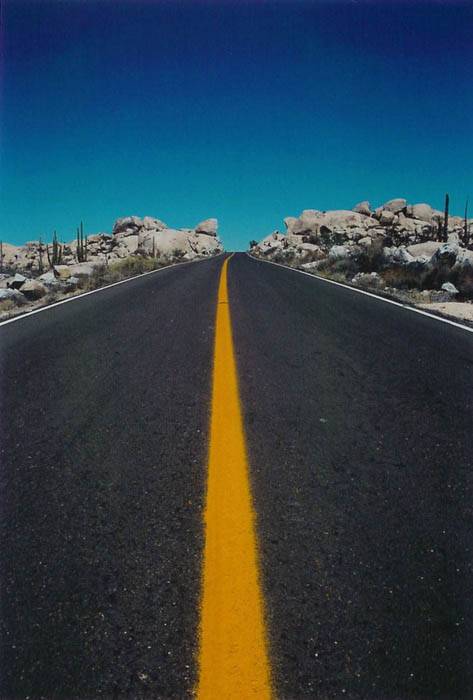Home › Forums › Travel Photography › Composition Techniques For Stunning Travel Photos
Tagged: How to snap photos, Photography techniques, Travel Photography, Travel Photography composition techniques, Travel photos
- This topic is empty.
-
AuthorPosts
-
-
OkechukwuParticipant
One of the first things your buddies will always ask for after coming back from a trip is the photographs you took. They’ll be interested in seeing some of the wonderful places you visited; perhaps to marvel and update their grams. However, for those who can relate, getting stunning photos isn’t a piece of cake!
You must first master composition techniques if you want to capture astonishing travel photos. Well, the good news is that you don’t need to be a professional photographer or get any special training to learn these techniques. With a few basic know-how, you can be on your way to capturing gorgeous photos of landscapes, far-flung cities and more.
In this post, I’ll share with you my top 7 travel photography composition techniques tips, from basic to advanced techniques that will help you refine your snapping skills. Note that the advice that I provide can be applied to a wide range of travel sub-genres, including cityscapes, landscapes, street shots, architecture, and more.
Let’s dive in!
1. Keep the Rule of Thirds in Mind
The rule of thirds in photography means using two vertical and two horizontal lines to form nine equal rectangles in your frame. The lines will create four intersecting points. Using the rule of thirds implies placing the most important detail of your picture on one of these intersecting points.

By doing so, you’ll indirectly draw interest, leading the eye across the frame. They’re smartphones with features that allows you to do that, showing you the grid as you compose your photo.
2. Leverage Symmetry
Symmetry is another creative photography composition technique option. The trick to using this style without the photo looking stagnant is to focus the axis of symmetry in one direction.

For example, you can use a reflection to create your axis of symmetry by placing it off-center to direct the eye by moving the visual weight. In the photo above, the axis of symmetry is placed vertically. However, the light fixture and the pews at the bottom fixture at the top keep the eye moving.
3. Use Leading Lines To Direct Attention
Leading lines is used to create instant order in a composition by providing the eye with direction. To use this technique create different elements to form a line to draw your viewer’s attention to your subject.

It can be a path in the road, a tree, a fence or a series of items creating a visual line. If you use this technique, remember to always try shifting your position. Simply look for the ideal spot that form a leading line in the direction of your primary subject.
4. Choose The Right Colors
You may already know this tip, but I’ll like to emphasize that coloyhave a very powerful impact on a composition. For example, bold colours produces a heavy visual weight of their own; you can think of it as creating a painting. Besides, you can use colours to lead the eye (focus) in a specific direction. You can as well use it create balance in the composition.

The photo above employs both leading lines and color, but if it was a black-and-white photo, you wouldn’t notice the impact. The bright yellow directs the eye up the frame, while the blue leads your eye up to the horizon.
5. Step Back or Get Close
A good way to change perspective is to consider how close or far you’re from your subject. Play with the manner a photo changes when filling the frame with someone’s face. And then compare it to when you add the surrounding context.

However, ensure you choose your aperture carefully when stepping back and leaving context. If you need bokeh in the background, for instance, use a wide aperture. On the other hand, if you want the surrounding context to be in focus, use a smaller aperture.
Bottom Line
Next time you’re on an adventure, whether close or far away from home, try practicing a couple of the above listed photography composition techniques with your camera and travel photos.
With more and more practice, you’ll come to master these techniques, and you willl soon be capturing stunning travel photos that perfectly represents the feelings of your trips!
April 22, 2024 at 4:40 pm #3195
-
-
AuthorPosts
- You must be logged in to reply to this topic.